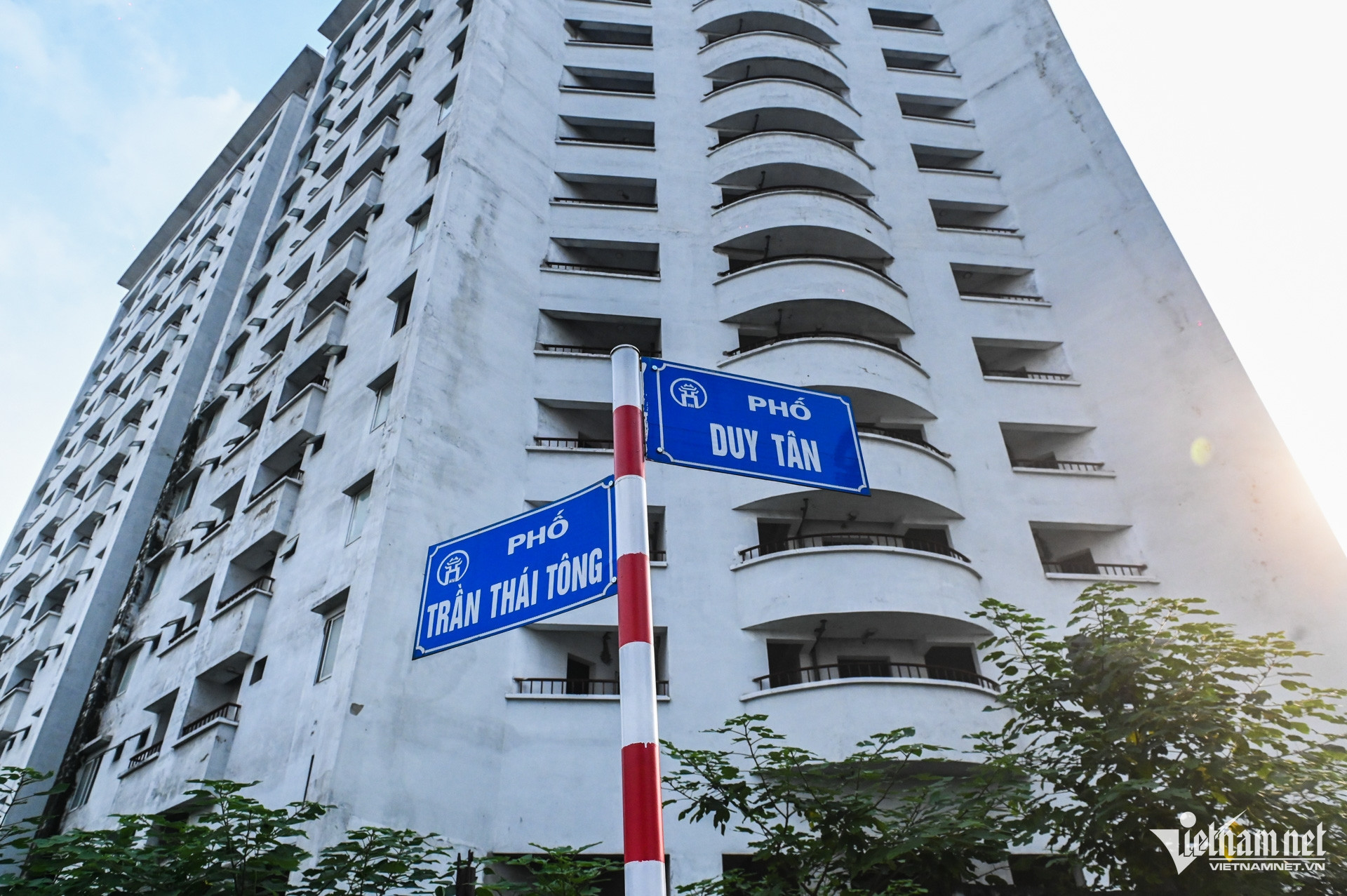Deputy Prime Minister Tran Hong Ha has directed a review of completed but unused resettlement housing projects to propose converting them into social housing units.

The directive was issued during a recent meeting to assess Vietnam’s real estate market, with particular focus on social housing development.
In Hanoi, numerous resettlement projects occupy “golden land” locations - high-value urban areas - but have remained deserted for over a decade. These projects, funded by billions of dong, have deteriorated due to prolonged abandonment.
One example is the Duy Tan Street project in Cau Giay District, which had an investment of approximately USD 8.8 million (converted from VND 223 billion). Construction began in 2010, yet the site has stood idle and unused for over 10 years.
Other cases include the project in Sai Dong Urban Area and one along Ly Son Street in Long Bien District - both equipped with convenient infrastructure but still exposed to sun and rain, untouched for years.
A particularly high-potential project is Den Lu III in Hoang Mai District, with “million-dollar views” overlooking Den Lu Lake, yet it too sits vacant.
Even commercial housing projects intended for resettlement, like the X2 project in Dai Kim Ward, Hoang Mai District, show the same issue.
Although completed five years ago, only about 80 of 750 apartments are occupied. The rest lie empty - an immense waste of space and resources.
In Ho Chi Minh City, the problem is even more severe, with nearly 9,000 resettlement apartments left unused.
Speaking to VietNamNet, Le Hoang Chau, Chairman of the Ho Chi Minh City Real Estate Association (HoREA), said the conversion of resettlement apartments into social housing is a sensible and much-needed solution.
According to Chau, this plan has been under consideration in Ho Chi Minh City for years, but lacked legal backing because the Housing Law of 2014 did not provide clear regulations.
Now, the 2023 Housing Law includes detailed provisions on resettlement housing - covering development, allocation, management, and functional conversion - clearing the path for implementation.
“Many people decline resettlement apartments simply because they are in inconvenient locations with poor infrastructure and inadequate public services,” Chau emphasized. He added that any conversion to social housing must ensure residents have easy access to transportation, essential services, and amenities. Local authorities need to address these deficits alongside the conversion process.
Sharing this view, lawyer Truong Anh Tu, Chairman of TAT Law Firm, noted from his experience supporting dozens of land-reclaimed residents that many refused resettlement units due to their remote locations, lack of schools, and poor community services.
“These individuals chose to rent and live modestly rather than lose their livelihoods,” Tu said. “This illustrates that a technically sound apartment is not necessarily a livable one.”
“A building without residents, without lights or the sounds of children, no matter how well built, represents a social failure,” Tu continued. “Constructing resettlement housing is just the first step - it does not complete the mission of providing secure and meaningful housing.”
Hong Khanh